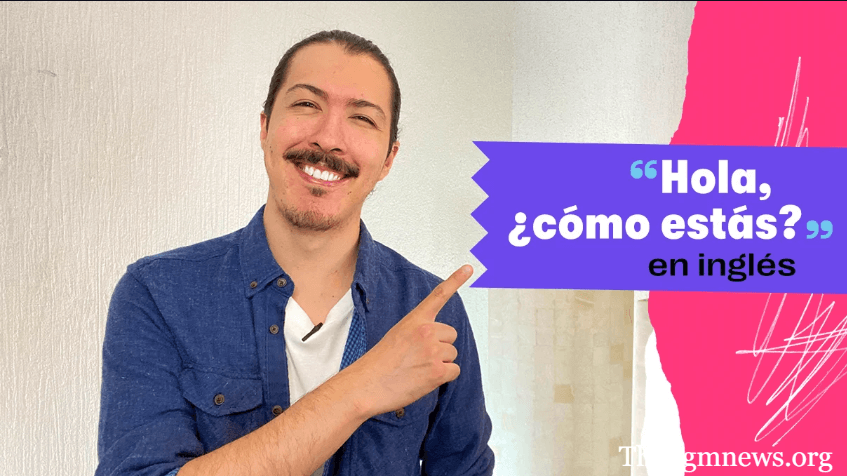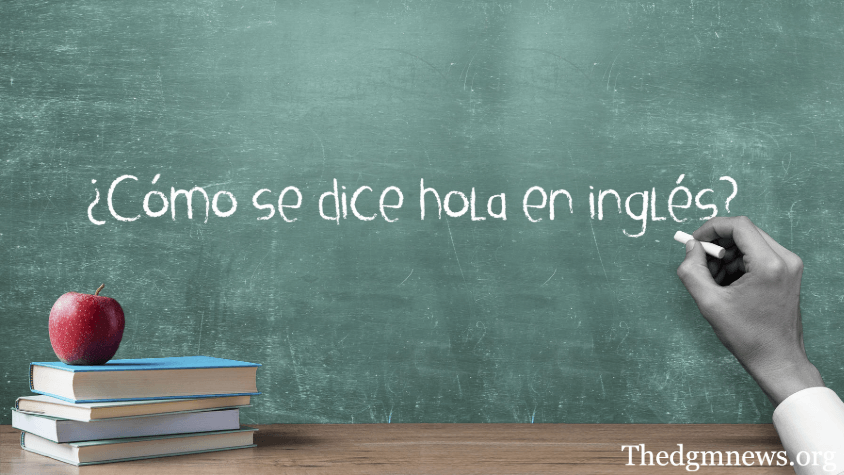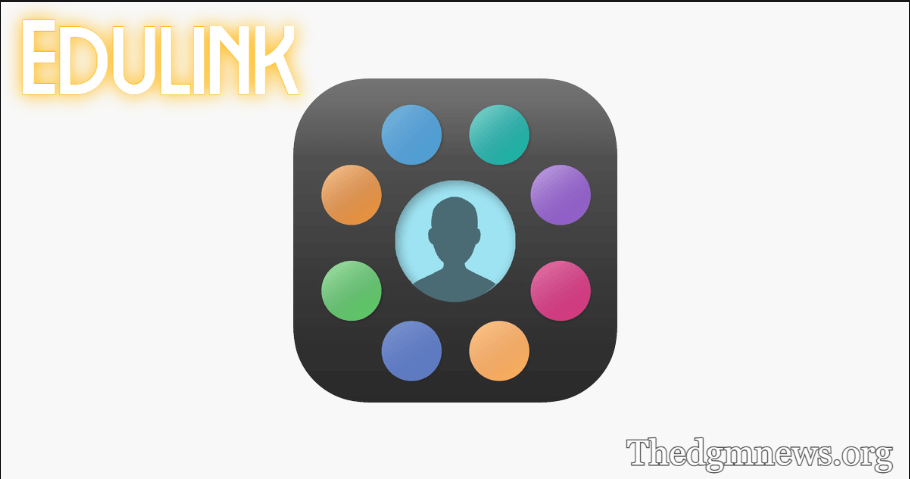Introduction
Learning a new language can be an exciting and rewarding experience. One of the first steps in any language is mastering basic greetings.
If you’re a Spanish speaker wondering como se dice hola en inglés, you’re in the right place. In this article, we will explore how to greet someone in English, along with several variations and tips to help you sound natural and confident when starting a conversation in English.
Why Como Se Dice Hola en Inglés is Important

Before diving into specific phrases, it’s important to understand why greetings matter in any language. Greetings are the first impression you make when meeting someone, whether it’s in a casual or professional setting.
Mastering simple greetings, such as como se dice hola en inglés, can help you build confidence and start conversations with ease.
In English, the word “hello” is the most common greeting, and it’s used in a wide variety of settings. However, there are many ways to say “hello” depending on the context, time of day, and level of formality.
This article will guide you through these variations and help you learn the proper ways to greet people in English.
How to Say Como Se Dice Hola en Inglés in English
If you’re asking yourself como se dice hola en inglés, the simplest answer is “hello.” This universal greeting is used across different situations, whether you’re meeting a friend, colleague, or even a stranger. The word “hello” is informal, but it’s widely accepted in all settings.
Here are some examples of como se dice hola en inglés:
- Hello – Used in almost every context.
- Hi – A more informal and friendly way to greet someone.
- Hey – Often used with close friends or in casual conversations.
The beauty of these simple greetings is that they’re easy to remember and appropriate in most situations. Once you’ve mastered these basic greetings, you can move on to some more specific or context-based alternatives.
Greetings for Different Times of the Day
Just like in Spanish, in English, we have different greetings depending on the time of day. Como se dice hola en inglés may change based on whether it’s morning, afternoon, or evening. Here’s a breakdown of time-specific greetings in English:
1. Good Morning
- Cuando usarlo: In the morning, typically before 12:00 PM.
- Ejemplo: “Good morning! How did you sleep?”
2. Good Afternoon
- Cuando usarlo: Afternoon, typically until about 5:00 PM.
- Ejemplo: “Good afternoon! How’s your day going?”
3. Good Evening
- Cuando usarlo: In the evening, after 5:00 PM until nightfall.
- Ejemplo: “Good evening! Are you ready for dinner?”
4. Good Night
- Cuando usarlo: Often used when parting ways at night or before going to bed.
- Ejemplo: “Good night! I hope you have a restful sleep.”
These time-based greetings are very important, as they show consideration for the other person’s day and make your greeting feel more personal.
Informal and Friendly Greetings
If you’re looking for more informal ways to greet friends, family, or even someone you know well, there are several friendly greetings to choose from:
1. What’s Up?
- Uso: Common among friends or acquaintances, it’s similar to asking, “What’s going on?”
- Ejemplo: “Hey! What’s up?”
2. How’s It Going?
- Uso: Used to check in with someone in a casual manner.
- Ejemplo: “Hi, how’s it going today?”
3. Yo
- Uso: Very informal, used especially by younger people.
- Ejemplo: “Yo, what’s happening?”
These greetings are all appropriate for informal situations, especially with people you know well or in relaxed environments.
Formal Greetings in English
While greetings like “hello” and “hi” work in most cases, there are times when a more formal greeting is necessary. In formal settings, such as a business meeting or greeting someone you don’t know well, using proper language can set the tone for a respectful conversation. Here are some formal greetings:
1. How Do You Do?
- Uso: This is a very formal greeting, often used when meeting someone for the first time. It’s more common in British English than American English.
- Ejemplo: “Hello, Mr. Smith. How do you do?”
2. It’s a Pleasure to Meet You
- Uso: This phrase is commonly used after an introduction, especially in professional contexts.
- Ejemplo: “It’s a pleasure to meet you, I’ve heard great things about your company.”
3. Good Morning, Sir/Madam
- Uso: When addressing someone formally, especially in business or professional settings.
- Ejemplo: “Good morning, Sir. How may I assist you today?”
These formal greetings are ideal for interviews, business settings, or when you’re meeting someone you don’t know well. Using these terms shows respect and professionalism.
Other Useful English Greetings
Besides “hello,” there are a variety of other greetings you can use to make your conversations in English more interesting and diverse. Here are some examples:
1. How Are You?
- Uso: A common greeting when you want to know how someone is feeling or how their day is going.
- Ejemplo: “Hello, how are you today?”
2. How Have You Been?
- Uso: Used when you haven’t seen someone in a while, this is a more informal way to inquire about their well-being.
- Ejemplo: “Hi, how have you been? It’s been so long!”
3. Long Time No See
- Uso: A casual, friendly way to greet someone you haven’t seen in a while.
- Ejemplo: “Long time no see! How have you been?”
4. Nice to See You
- Uso: Used when you meet someone again after some time.
- Ejemplo: “Nice to see you! How’s everything going?”
These greetings are a great way to show interest in the other person and to make your conversation feel more personal.
How to Respond to a Greeting in English
After learning how to say como se dice hola en inglés, it’s just as important to know how to respond to a greeting. Here are some common responses:
1. I’m Fine, Thank You
- Uso: When someone asks “How are you?”, you can respond with this polite and standard answer.
- Ejemplo: “Hi! How are you?”
“I’m fine, thank you. And you?”
2. I’m Doing Great
- Uso: A more enthusiastic response, often used when you feel really good.
- Ejemplo: “Hello! How’s everything?”
“I’m doing great, thanks for asking!”
3. Not Bad
- Uso: A casual, modest way to say you’re doing okay.
- Ejemplo: “Hey, how’s it going?”
“Not bad, how about you?”
4. Could Be Better
- Uso: A way to say you’re not feeling great, but it’s not a major problem.
- Ejemplo: “Good morning! How’s everything?”
“Could be better, but I’m getting by.”
Knowing how to respond appropriately to greetings can help you carry on a smooth conversation in English.
Conclusion
In this article, we’ve explored various ways to say como se dice hola en inglés, whether you’re in an informal or formal setting.
Learning greetings in English is a simple and important first step in mastering the language. It not only helps you start conversations with ease, but it also helps you build relationships and navigate different social contexts.
Whether you use “hello,” “hi,” or “good morning,” knowing how to greet others appropriately is essential for making a positive first impression.
So, practice these greetings, be confident, and soon you’ll be able to start conversations in English naturally. Keep practicing, and before you know it, greeting people in English will feel as comfortable as saying hola in Spanish.



